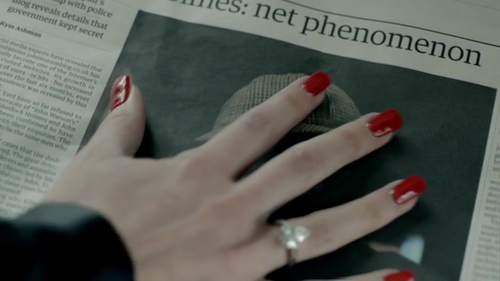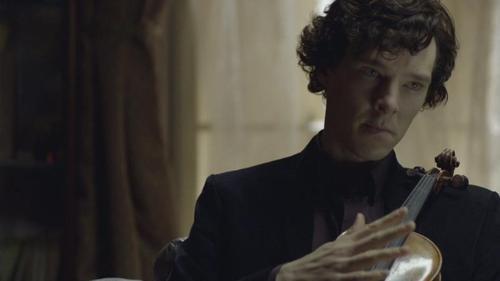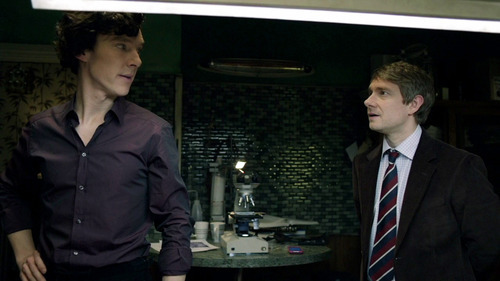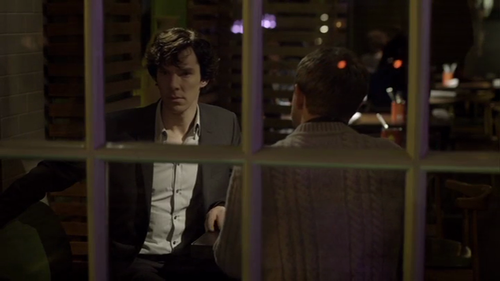A story for all you Jurassic Park loving peeps out there. I learned about
this in my Disaster Response and Emergency Preparedness course that I
just started.
In 1992, Jurassic Park was finishing filming on the
island of Kaua’i in Hawai’i. The final day was scheduled for September
11. However, brewing out in the Pacific and headed straight for Hawai’i
was Category 4 Hurricane Iniki. The crew had been keeping an eye on it,
but it was expected that Iniki would turn its course slightly. The
afternoon of September 10, however they were informed that it was going
to make landfall in a few hours, impacting Kaua’i with the main brunt of
it. The crew of hundreds was ordered into the basement of the hotel
they were staying in, and they waited it out that night. (Rather
hilariously, Richard Attenborough slept through the whole ordeal where
others were awake, huddled together and fearing for their lives. When
Spielberg asked him about it, he answered, “My dear boy, I survived the
blitz!” I guess after that, a little hurricane is just pleasant white
noise.)
The next day, after the storm had passed, the whole island
was in shambles. Infrastructure was totally destroyed, electricity was
entirely knocked out, and radio service was down. The crew had escaped
harm, luckily, though the sets were totally destroyed. That’s actually
why we don’t see any of Ray Arnold’s journey to the power shed, because
that set was ruined during the storm. Anyway, I digress.
The crew
comes out of their basement shelter to find total devastation and a city
in disarray. Even though help would be arriving soon, since the
National Weather Service had been monitoring the storm and knew the
island was hit, there would be no way for the relief efforts to begin
with the infrastructure so heavily damaged. Airstrips and landing pads
had also been demolished in the storm, and hospitals were without power.
There was also no (rather, just severely limited) way to move the
debris that was keeping citizens from aid.
EXCEPT a gigantic, highly
skilled and intelligent film crew with lots of industrial equipment and
literally nothing better to do.
Within hours of the storm’s
passing, the film crew personnel had dug out their bulldozers and
cranes, jury rigged up whatever else they needed from the animatronics,
and began blazing a path through the wreckage to the air strip where
they cleared the whole landing site, then began working on major city
streets. They also used their set generators to help restore power to
critical city functions, and their satellite phones to call for extra
assistance from the mainland (after they had evacuated their cast, of
course).
Even though the ships and helicopters arrived to take the
crew home that day, as planned, many (if not most) of the crew stayed on
Kaua’i to assist in cleanup and relief efforts.
It’s estimated by
Emergency Management officials and experts that if the crew had not been
there, the recovery efforts would have been delayed by as much as 3
weeks, as little as 3 days, and several hundred people would have died
in the aftermath of Hurricane Iniki.Hollywood gets a bad rep for being selfish, but they can save lives and I think that’s really cool.
Crew guys are awesome.
the folks in a tv/movie crew are probably the most creative, innovative and resourceful people you’ll find – they can make miracles happen with a roll of duct tape, a bit of wire, and a 9-volt battery.
oh and I found a Storm Stories about it on Youtube too.








